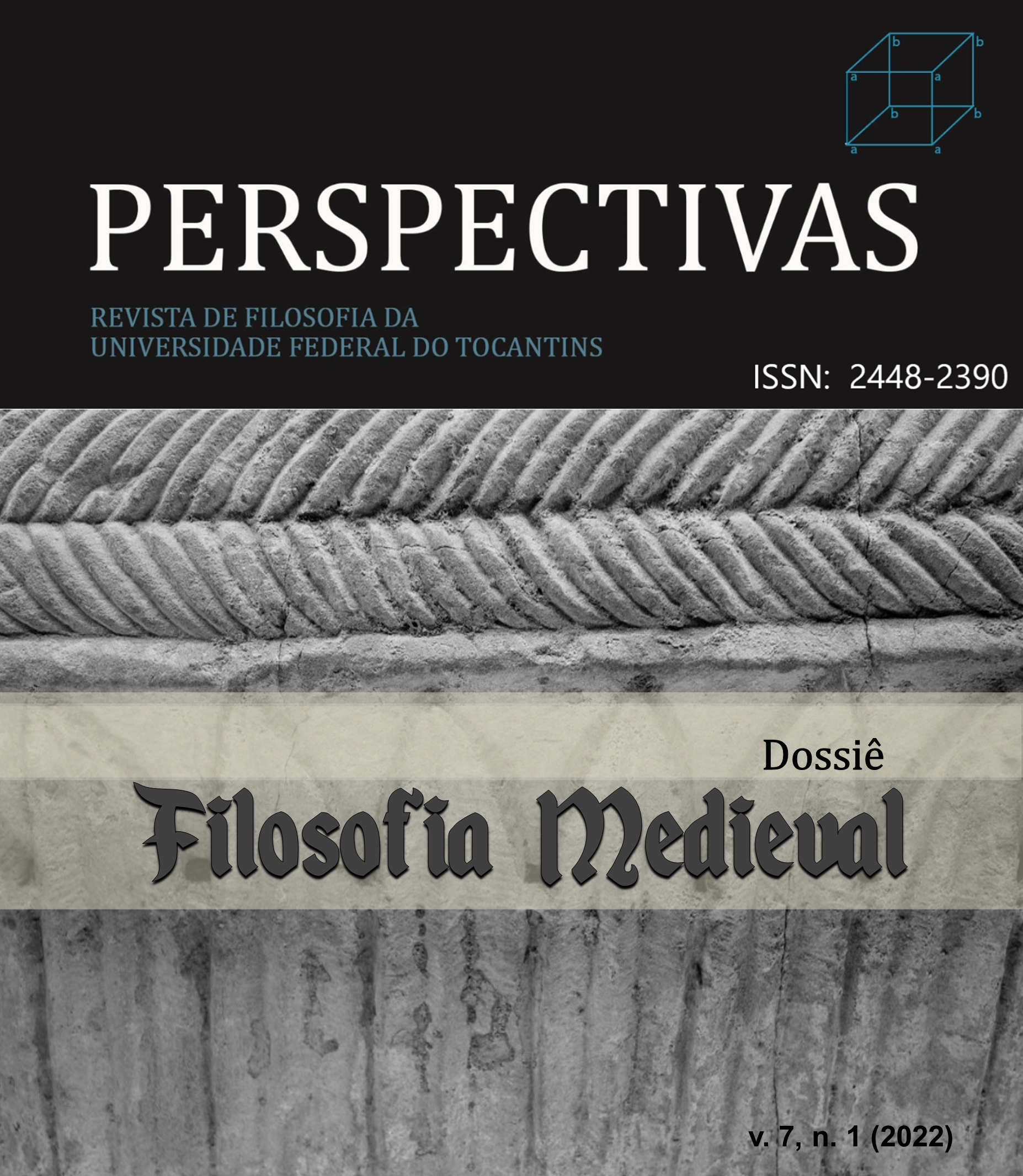From the city of men to the city of ladies
DOI:
https://doi.org/10.20873/rpv7n1-33Abstract
It is a question of establishing a parallel between three lectures of history (lectio historiae), generated within medieval Christianity, which result in different government proposals. The first is the De civitate Dei by Augustine of Hippo (5th century), in which there is a clear opposition between the city of God and that of men. The second is that of Joachim of Fiore (12th century), in which the prognosis of a new monastic order that will lead the third spiritual state stands out; and the third comes from The City of the Ladies by Christine of Pizan (14th century), understood as the first project of government in the city by women. As a result, we point out the latent or declared tension between the cyclical and the linear model, which goes from its total negation by Augustine to its incorporation by Joachim of Fiore; and, in some way, by Christine of Pizan. In addition, we test the hypothesis that the history itself continues to be treated by medieval Christianity from the Greco-Roman perspective: as a depository of examples worthy or not of memory, in which their location in time can or not matter.
Downloads
Published
How to Cite
Issue
Section
License
The Magazine is under the Creative Commons Attribution 4.0 International Public License (CC BY 4.0), according to which:
1) The authors retain the copyright and grant the journal the right of first publication, with the work simultaneously licensed under the Creative Commons Attribution which allows the sharing of articles published with the recognition of authorship and initial publication in this journal.
2) Authors are authorized to enter into additional contracts separately for distribution of the version of the work published in this journal, as long as there is recognition of authorship and initial publication in Perspectivas.
3) Authors are authorized and encouraged to disseminate published texts with proper references to the journal and its authors.





















